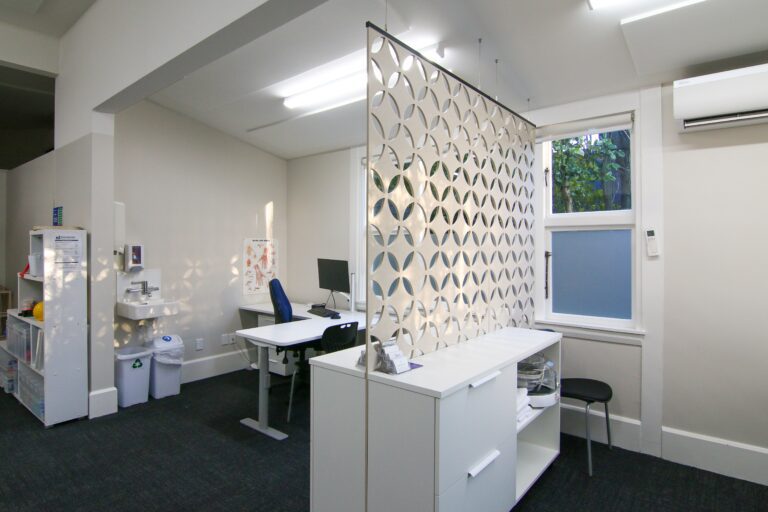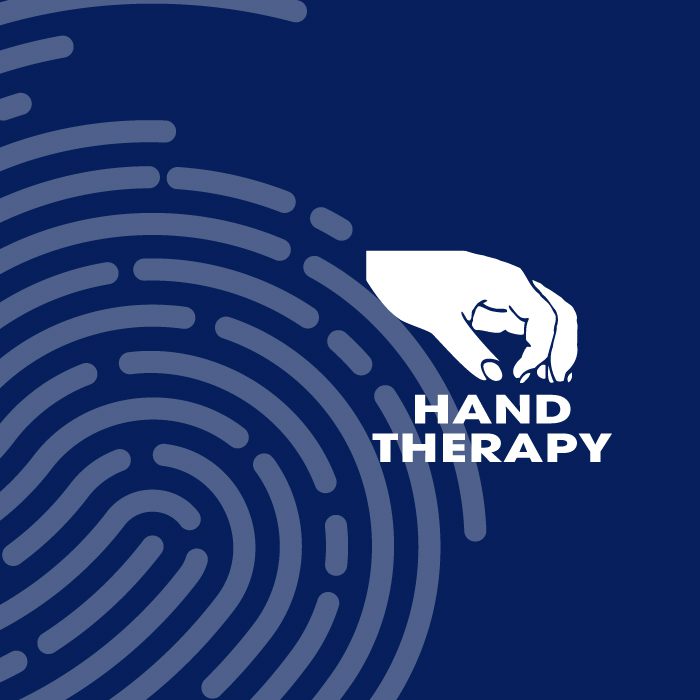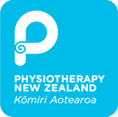Over the past few years, I have been fortunate to travel overseas as the physiotherapist for Volleyball New Zealand. One of the perks of my role is that I get to travel with various teams to domestic and international tours and competitions. This year I travelled with the NZ Junior Men’s squad (U18) to Fort Lauderdale in Florida to attend the USA Junior High Performance Indoor Championships. This tournament involved 200 teams and the best young athletes from around the USA and Canada coupled with a sprinkling of Central American and other international teams. It is a chance for our emerging athletes to match themselves against the best athletes the Americas offer, many of whom are vying for lucrative college scholarships and hence the standard is very high. The final two days of competition are attended by many college recruiters and head coaches furiously taking notes while anxious parents look on from the side lines. The highlight for our boys was playing against the USA national team and while they were defeated 3-0 they pushed the Americans all the way forcing them into multiple time outs. Of course the NZ team is always the crowd favourite and they have a large following as they perform a haka before big games. The two NZ teams finished mid pack which was a good result.
As the team physiotherapist I help treat any injuries that arise but volleyball is a sport where hand injuries commonly occur and my experience as a hand therapist has been invaluable. Finger and thumb sprains are the most common injury followed by fractures and dislocations. Like netball, rugby and other ball sports, PIP joint avulsion fractures can occur and need to be managed carefully to prevent stiffness and reduced range of motion. This often occurs when the ball, another player or even the ground hits the end of the finger causing the volar plate or ligament to pull a small piece of bone away from the PIP joint. These injuries can be painful and require early diagnosis and treatment to ensure timely return to play and to prevent lasting joint stiffness and deformity. Treatment commonly involves oedema control, splinting, and graduated movement and strengthening exercises. With the touch rugby and cricket season approaching as summer sport begins, I would expect to see a few more of these injuries appear!
As I write this I’m in Surfers Paradise with the under 19 women’s team about to compete in the Australian Junior State Championships. It will be a great opportunity for these young athletes and they will be fortunate to play in one of the new venues to be used at next year’s Commonwealth Games for netball as well as enjoy the all-important Gold Coast retail therapy and theme park experience. Traditionally we do well in this tournament and the team are looking forward to the opportunity to continue that trend. Next year the Junior Men’s Team head to Myanmar and Thailand for the 2018 Junior Asian games.
Paul Foster
NZRHT




